Affiliate links on Android Authority may earn us a commission. Learn more.
Why it's hard to buy a bad budget smartphone in 2019
Published onAugust 23, 2019
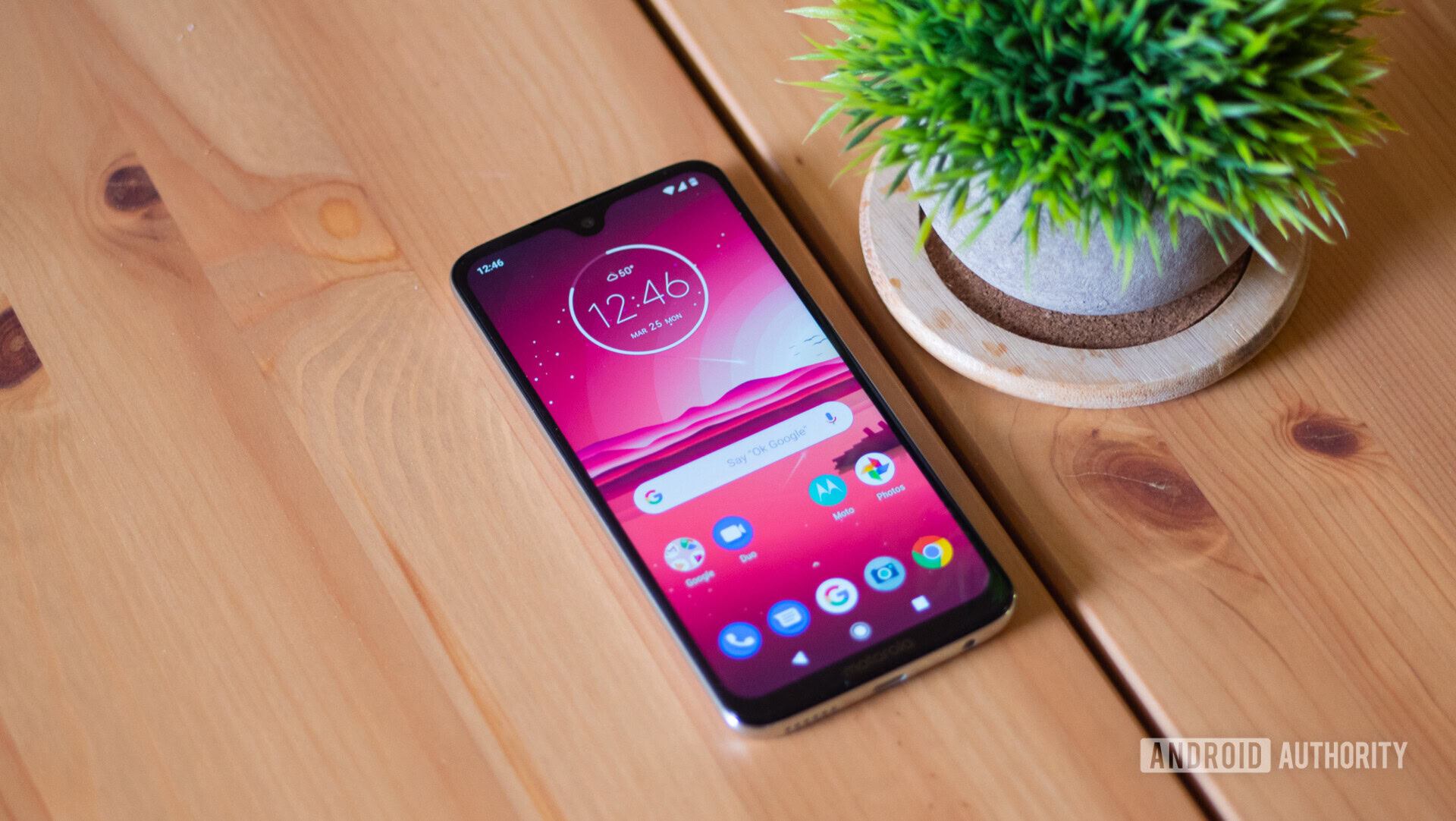
There was a time when if you wanted a good budget smartphone, the choice came down to a Motorola Moto G or a Moto E. If not one of these, you’d have to buy a more expensive handset or risk buying from an obscure brand. Thankfully that’s no longer the case.
Thanks to a growing and changing marketplace, there are now numerous manufacturers making great products at the low end. Modern inexpensive phones are so good that it begs the question, is it still possible to buy a bad budget Android phone in 2019?
Competition and viability
We owe a lot to Chinese manufacturers for the recent bolstering of Android’s bottom end, Xiaomi and Huawei especially. Since their expansion out of China, Xiaomi and HUAWEI (and their sub-brands) have been largely responsible for many of the great budget handsets, lately offering gems such as the HONOR 8X ($184) and Redmi Note 7 ($185).
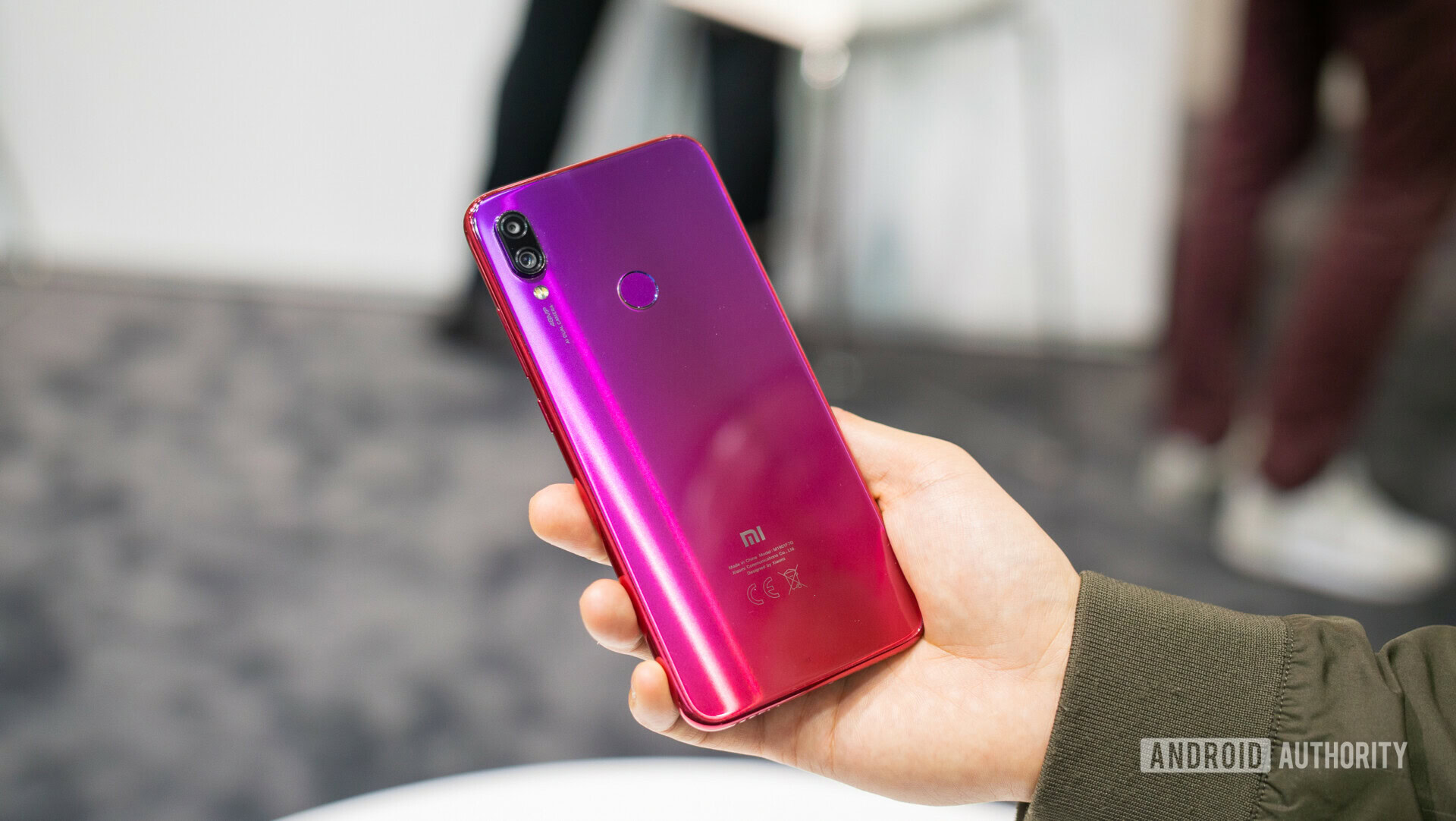
This has had a knock-on effect on the Android competition, with numerous companies now vying for a slice of the once overlooked low-to-mid-range sector. OPPO built the realme brand to tackle this territory, and started strong with phones like the realme 3 Pro (~$181), while HMD Global also focuses on the lower price bracket, consistently pumping out critically acclaimed handsets with fast updates.
Samsung has started to pay more attention to its less pricey smartphones too. While the massive OEM has produced cheap Android phones for years, these devices were often plagued by a lack of updates, patchy performance, and an all-round lack of love that Samsung reserved for its premium Galaxy S and Note phones.
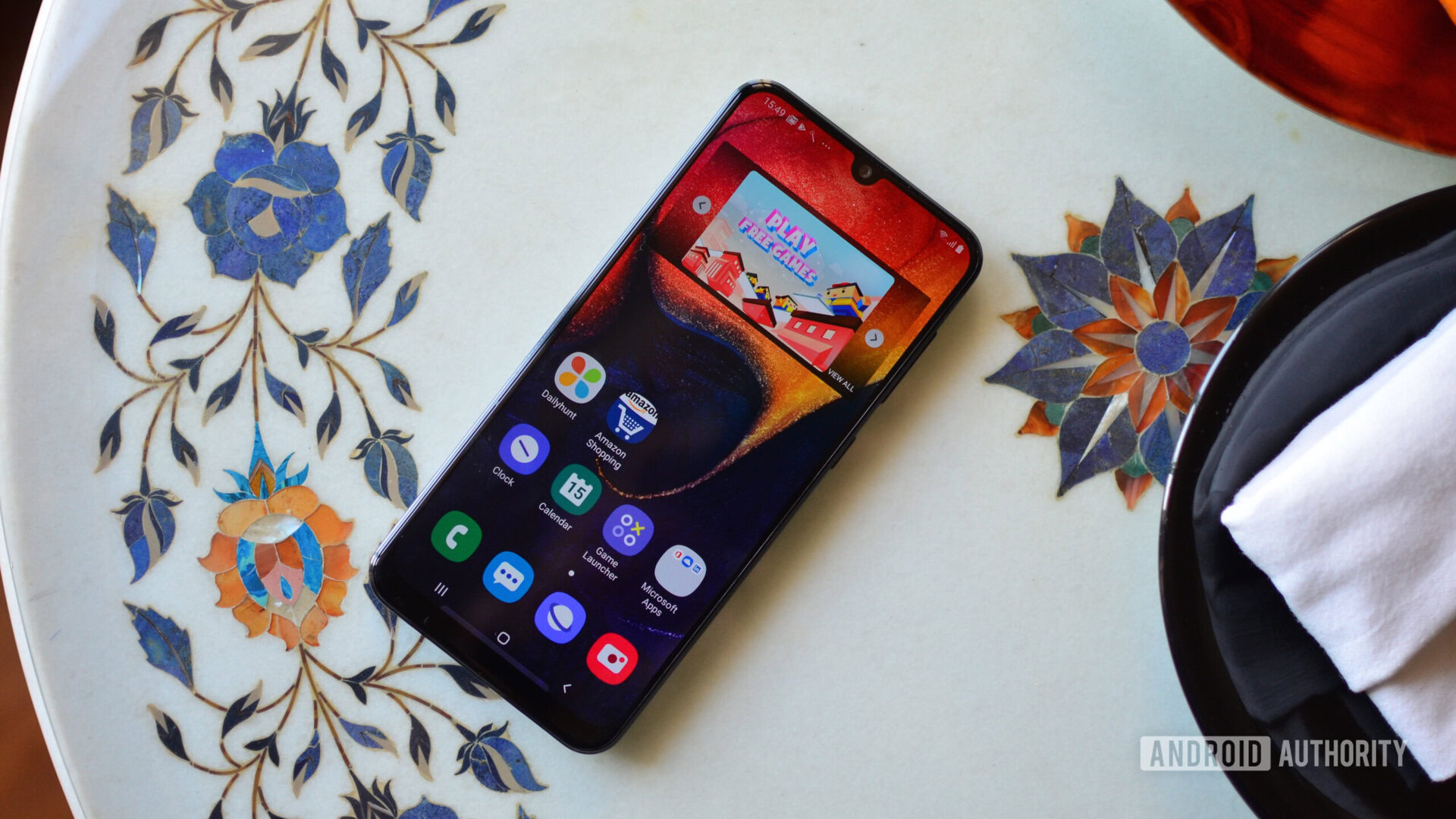
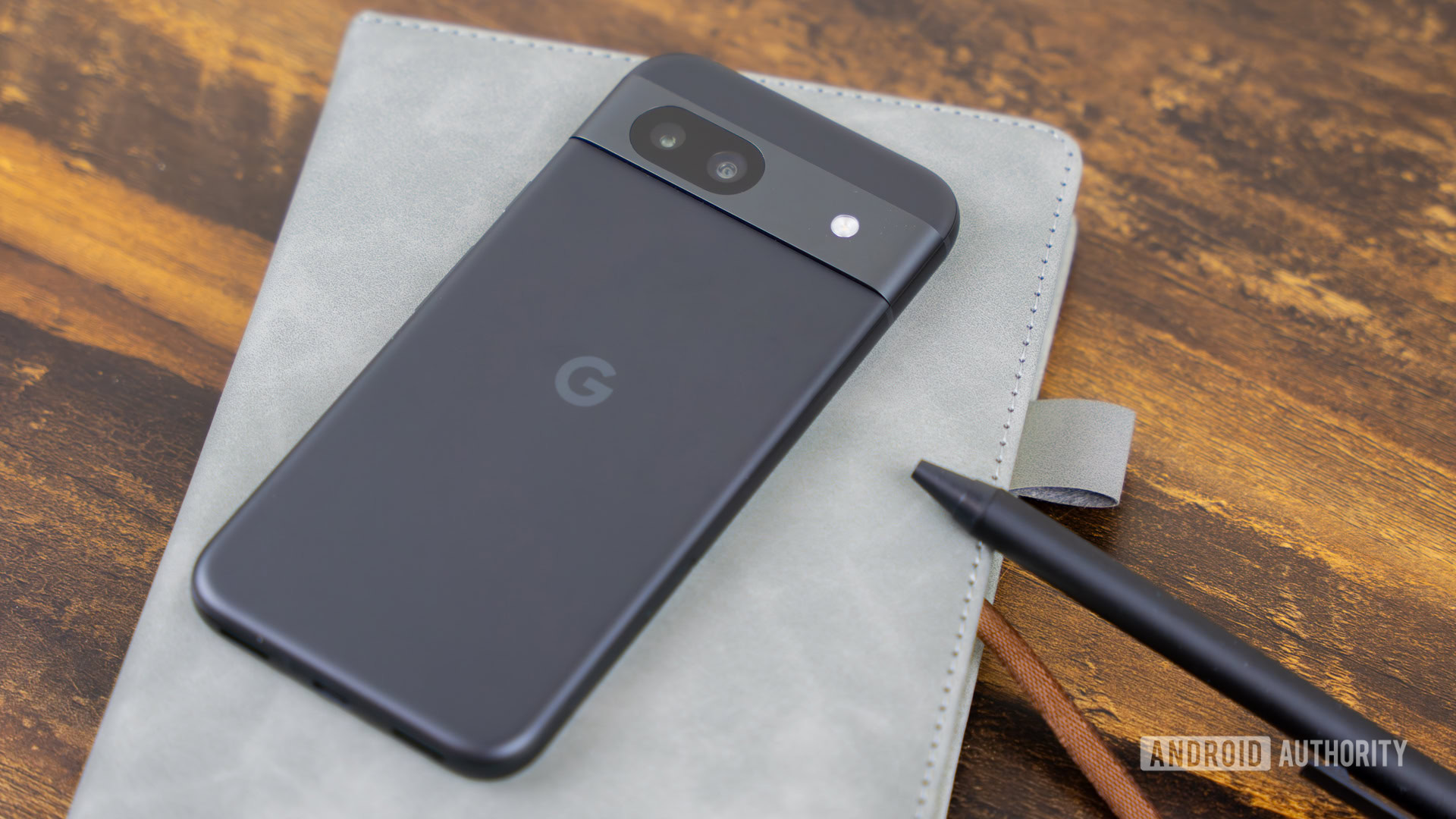
Recently Samsung has upped its game significantly, producing mid-range devices like the Galaxy A50 ($270) and the bezel-less Galaxy M30 ($260). Both of these devices can easily compete with the best mid-tier phones of rival brands. We may not have seen a truly impressive sub-$200 phone from the South Korean OEM since its recent turnaround, but it feels like it’s on its way.
This market diversification means the days of choosing a Moto G or an Intex Aqua i7 (sorry, Intex) are over; the Moto G phones are still around in 2019, but they’re far from our only option.
Alternative revenues
Smartphones have become cheaper as their hardware has become less expensive to produce. Additionally, some OEMs have been able to drive retail prices down in the last few years by taking advantage of alternative revenue streams.
Xiaomi has a broad accessories line, which includes sneakers and TV wall-mounts, to help it sustain its rock-bottom phones prices. OnePlus sells headphones (but also T-shirts, and backpacks). HUAWEI has numerous businesses, including its own digital marketplaces like the HUAWEI Store and HONOR Store.
HMD Global, meanwhile, was able to keep overhead low in the early days of its business with a small scale, mostly online sales approach — something which few manufacturers succeeded at the beginning of the smartphone boom.
These kinds of initiatives have helped the low-end flourish over the past few years — and lead to the creation of some of the best cheap Android phones we’ve ever seen.
The Android OS is better than ever
Google has contributed much to the progress of budget smartphones, even if it hasn’t brought many cheap devices to the table itself. Since 2014, Google has been developing Android One, a lightweight version of Android focusing on usability and fast updates, as well as the more recent Android (Go Edition).
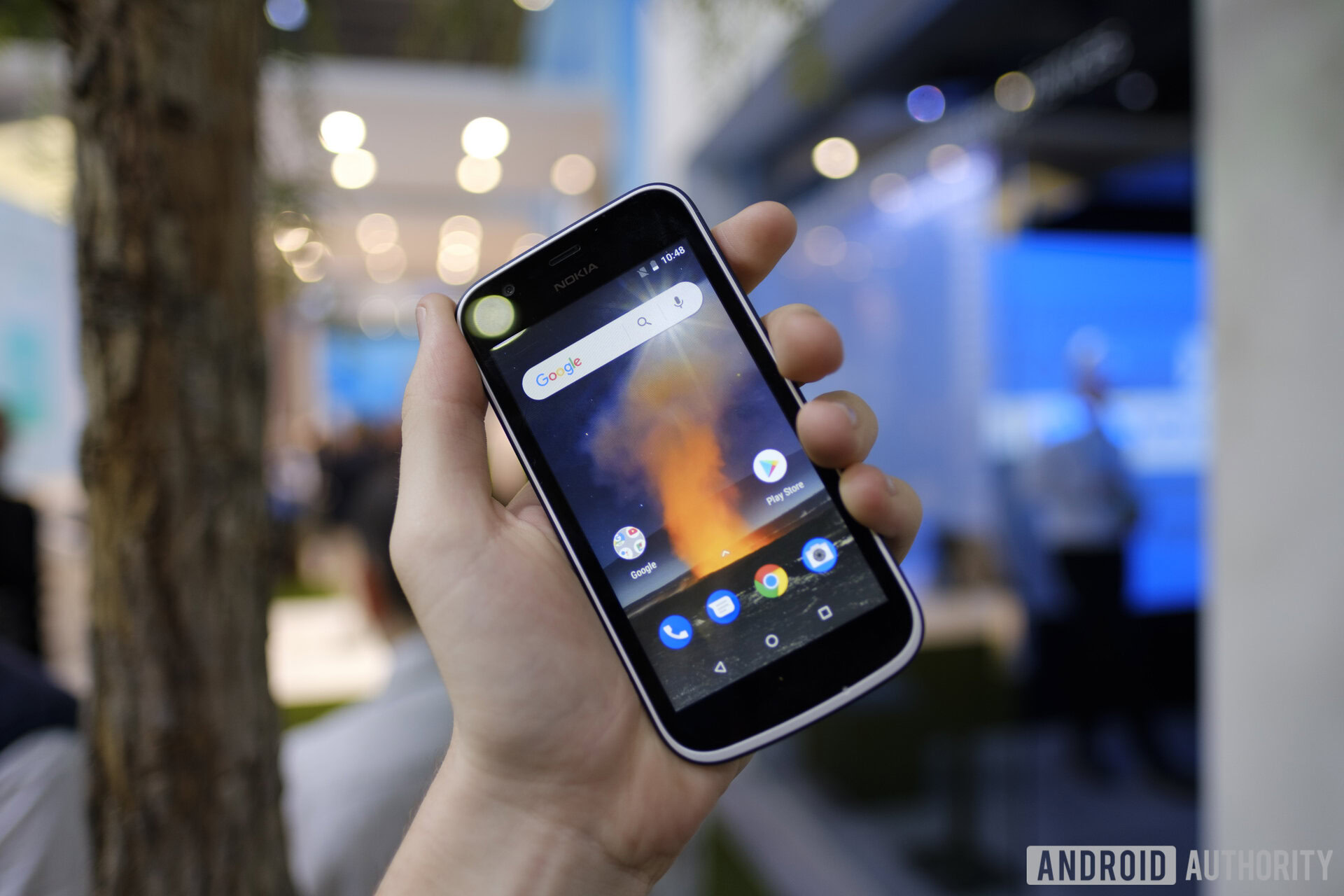
Android Go is an Android version built specifically for low-end devices, helping phones with low storage and as little as 512MB RAM run smoothly. Best of all, it manages to achieve this without significantly affecting any of the smartphones’ workings or features.
Google has even gone as far as to produce dedicated versions of its most popular apps for these Android Go devices such as Maps Go, YouTube Go, and Gmail Go. This has helped further push the boundaries of what low-end smartphones can be.
Even a couple of years ago, low RAM and internal storage space could cripple some devices. Today, systems like Android One and Android Go give such phones a chance they never had — with fast updates to boot.
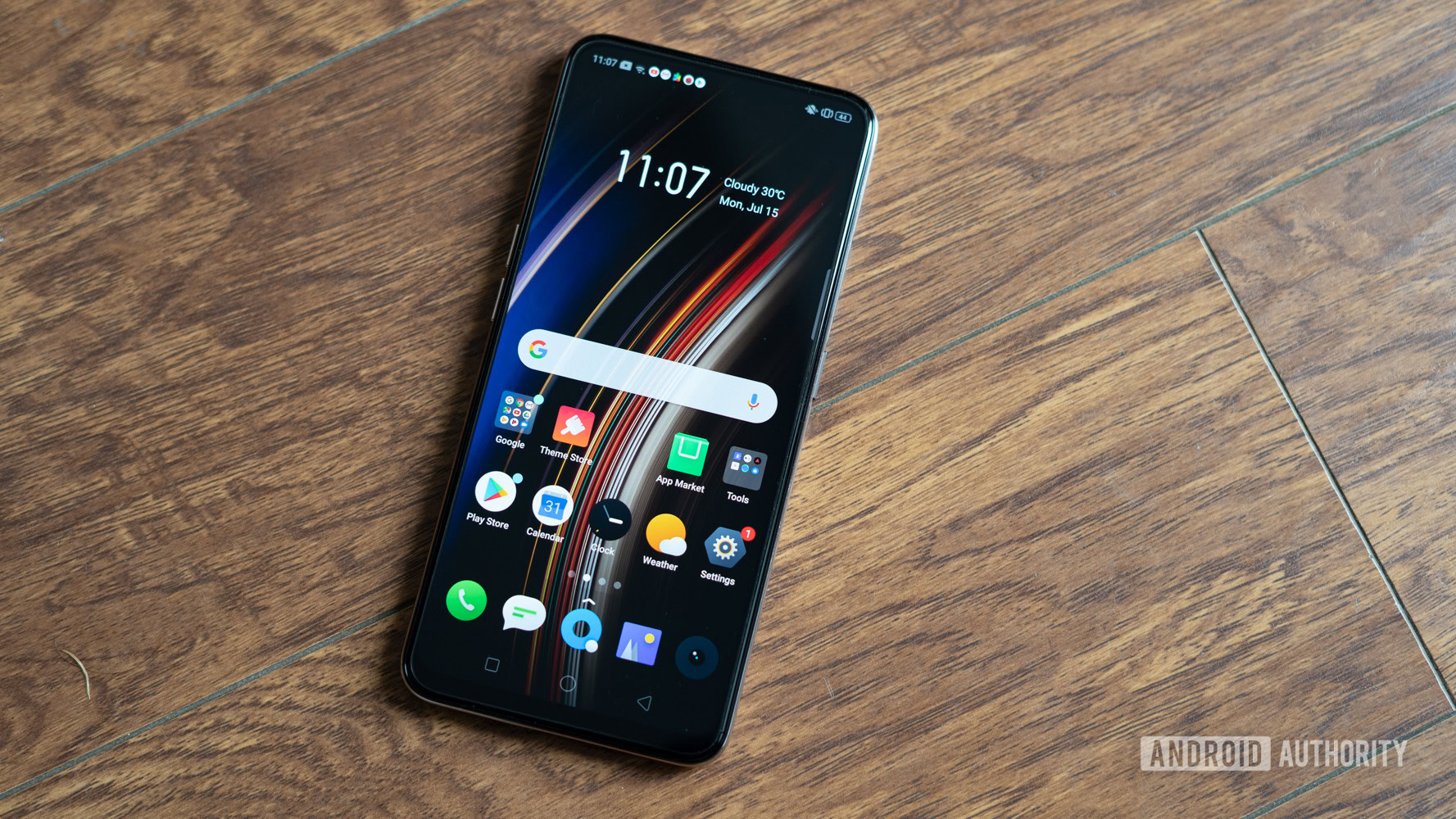
Some practical advice
If you’re looking for a cheap phone in Western markets, I’d recommend buying devices with Android Nougat or higher. Budget phones with earlier operating systems, like the TracFone LG Rebel, won’t be worth your money from a security or performance perspective.
You should avoid phones with less than 16GB of internal storage space too. The Android operating system and core apps will take up much of it, and constantly running out of storage space can be frustrating. You can’t always get around this with a microSD card either, since they’re mostly used for media. Dodge phones advertising 4GB internal storage, even with microSD card support, at all costs.
Most modern phones run out juice quickly, so I’d aim for as high a milliampere (mAh) capacity as you can get. 3,000mAh or more ideally; less than 2,000mAh and you’re asking for trouble.
As for chipsets, making sure phones have a powerful enough CPU can be tricky. There are so many options, but the chip should have at least four cores; there are plenty of great Android phones with quad-core chipsets (even on this list) so you don’t need a hexa- or octa-core model. What’s arguably more important is the amount of RAM the phone has.
There have been Android phones released in 2019 with 1GB RAM, but I’d urge you towards 2GB or more if you can afford it. This would be a huge quality of life improvement — just read about what happened when one of our editors traded his Galaxy S10 Plus for the $65, 1GB RAM-toting Redmi Go for a week.
Finally, it should go without saying, but if you buy an imported phone that fails to meet all of these criteria — and appears to lack an official brand or name — you will have a bad experience with it.
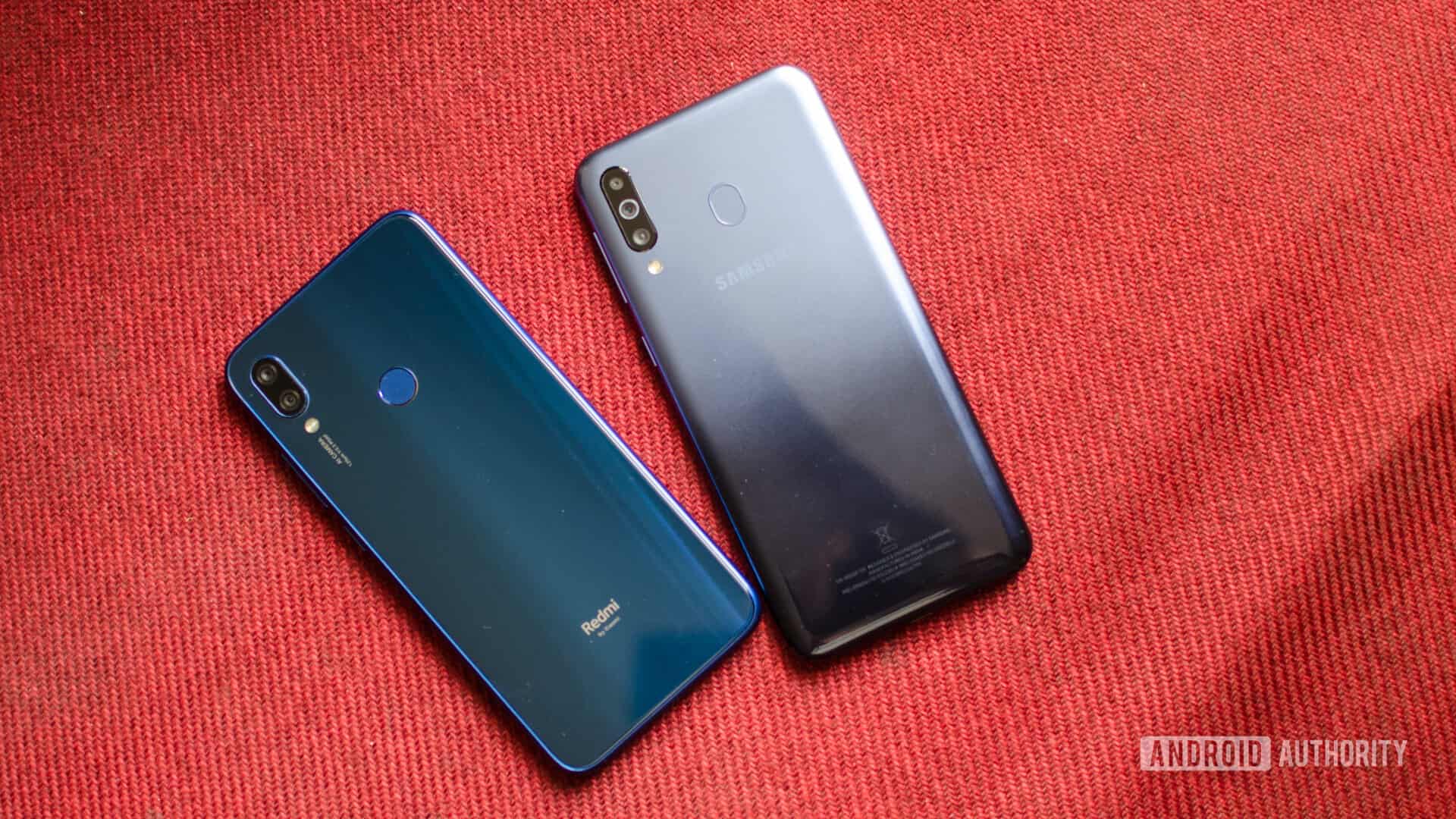
Bad budget phones still exist in 2019 and I suspect these will remain as long as Android is around. However, it is far easier to find a good budget Android phone in 2019 than in years previous, and they’re only set to improve further.
We’ve seepensive devices with end-to-end displays and 48MP cameras this year — once premium features — but pop-up selfie cameras will be on the way before long. Who knows what else will arrive to the low end of Android in the future.n inex
What do you think about the state of budget phones in 2019? What does Google still need to do to improve Android on cheap phones? Let me know in the comments.